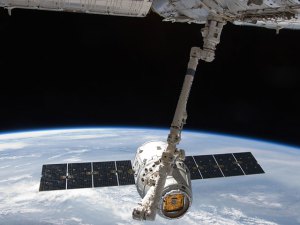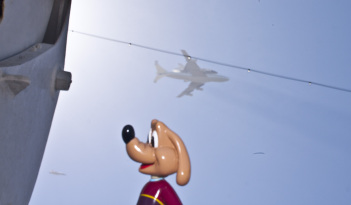The NASA organization has always been known for its monumental work in the field of science. With all of the exploration expeditions the organization initiates and all of the monumental discoveries it has made, there is no doubt that NASA is an innovator in the science world. In addition to this, NASA is perhaps most known for its great discoveries in outer space. However, NASA has begun a new scientific journey with a rover that will explore the highest, most frigid parts of Greenland.
Higher than normal temperatures in the summer of 2012 caused melting to around 97 percent of Greenland’s massive ice sheet region, garnering widespread attention to and worry about this area. In light of this, NASA is launching its “GROVER” rover, which is short for “Greenland Rover” and “Goddard Remotely Operated Vehicle for Exploration and Research.” This rover will be able to explore the extremely cold conditions in Greenland to collect data that can help scientists gain further knowledge about how Greenland’s massive ice sheet operates.
GROVER is a robot of multiple functionalities. To begin, the robot stands six feet tall. In addition to this, the GROVER is also friendly to the environment, as it gains all of its energy from solar panels. The genius behind the solar-powered nature of this machine is that the sun never travels below the horizon during the summer season in the Arctic, making it easy for GROVER to work throughout the day.
The GROVER will be using ground-penetrating radar during its time in Greenland. This will be used to test and study how snow accumulates on the ground. In the bigger picture, these studies will help scientists understand how layers and layers of ice form on the ice sheet over time. Moreover, GROVER presents a great innovation in scientific exploration of this region because it can replace the use of aircraft or satellites.
There are many exciting things going on in the world of science today. With so many new innovations and creative ways to explore the world around us, there are sure to be great new discoveries coming our way. Use these types of current events to your advantage by turning them into a teaching moment. Engage your child in conversation, and perhaps even challenge them with other science or math activities.
Filed under: Current Events, Just for Fun, Newsletter, Science Facts, Technology and Kids, What's New | Tagged: Greenland Rover, GROVER, Math Blaster, NASA, science | Leave a comment »








